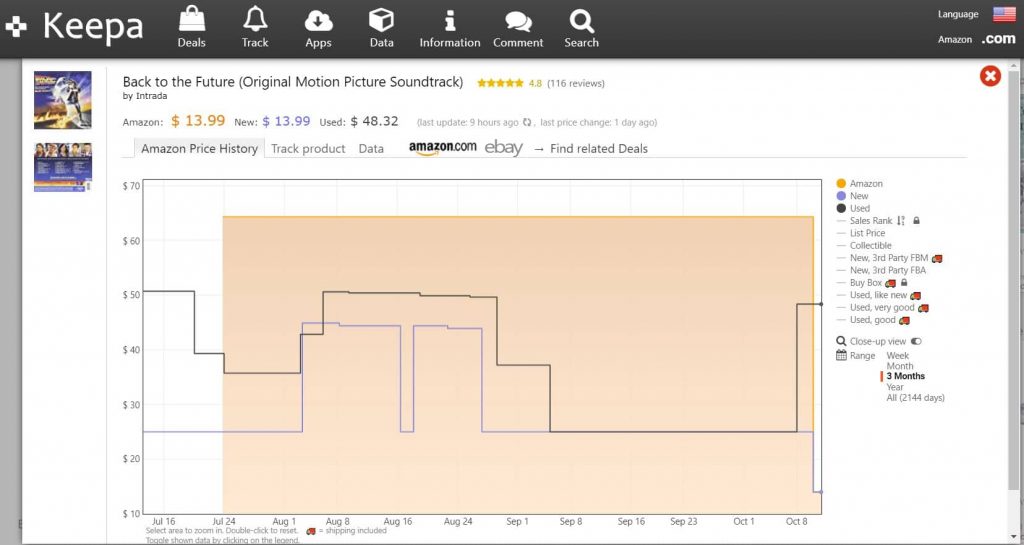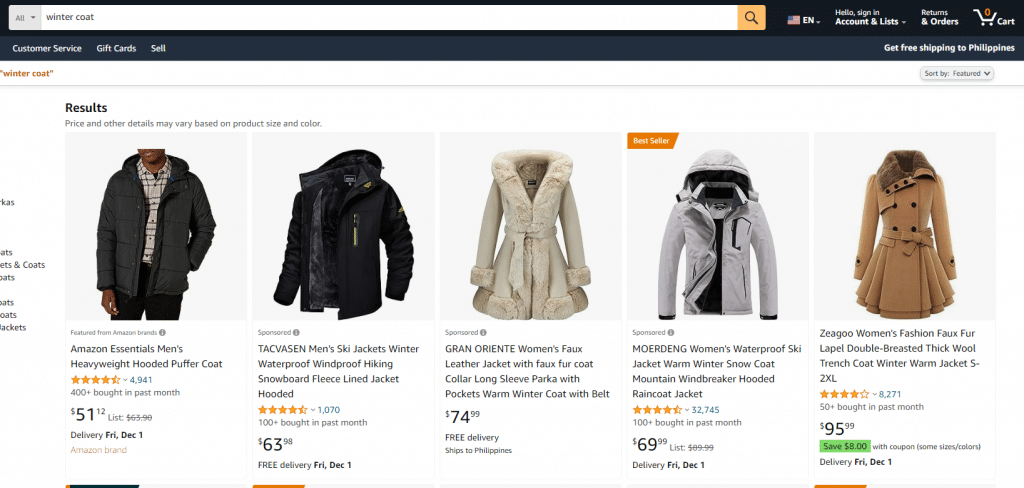8 Common Mistakes Amazon Sellers Make And How You Can Avoid Them

Entering the world of Amazon as a new seller holds immense promise and opportunity. With its vast customer base and global reach, Amazon provides an attractive platform for entrepreneurs to showcase their products. However, it's not without its challenges, and many new Amazon sellers find themselves making common mistakes that can hinder their success.
In this comprehensive guide, we'll delve into eight prevalent mistakes that new Amazon sellers frequently encounter. Whether you're just starting or seeking to enhance your existing Amazon business, these insights will help you navigate the competitive landscape effectively and maximize your potential as a seller.
Mistake #1: Pricing Too Low
New Amazon sellers sometimes set prices significantly lower than the market average in an attempt to attract customers quickly. This error often happens due to a lack of understanding of pricing strategies and the fear of not making sales at higher prices.

Pricing too low can lead to several issues. Firstly, it may result in slim profit margins or even losses, especially when considering Amazon's fees and shipping costs. Secondly, customers may perceive extremely low-priced products as low in quality, which can harm your brand's reputation.
How to Avoid It: Adopt a strategic pricing and repricing approach. Research competitors' prices and evaluate your costs, including product sourcing, shipping, and Amazon fees. Consider the perceived value of your product and price accordingly. You can also experiment with dynamic pricing tools that adjust prices based on market conditions, helping you stay competitive while maintaining healthy profit margins.
Mistake #2: Neglecting Product Differentiation
Many new Amazon sellers opt to resell generic or easily accessible products without adding any unique value. This mistake often stems from the belief that selling well-known products is a safe bet. However, it can lead to fierce price competition in which sellers undercut each other to attract customers.
Without product differentiation, your listings may blend into a sea of similar offerings, making it challenging to stand out. This can result in low sales and profit margins, as customers often prioritize price when products are identical.
How to Avoid It: To avoid this mistake, focus on product differentiation. Consider offering private-label products with unique branding or features. You can also bundle related items, create exclusive bundles, or offer personalized services like customization or gift packaging. Differentiation not only helps you command higher prices but also reduces competition, making your listings more appealing to buyers.
Mistake #3: Ignoring Market Research
New Amazon sellers often dive into the platform without conducting adequate market research. They may assume that if they list products, customers will automatically find them and make purchases. This mistake usually happens due to eagerness to start selling quickly.
New sellers may overlook crucial factors like product demand, competition, and pricing. As a result, they might invest in products with limited demand, fierce competition, or low-profit margins, which can lead to slow sales and even financial losses.
How to Avoid It: Before listing products on Amazon, conduct thorough market research. Use tools like Google Trends, and third-party software like Jungle Scout or Helium 10 to identify products with strong demand and manageable competition. Pay attention to product reviews and customer feedback to understand buyer preferences. Proper research can help you make informed decisions and choose profitable products for your Amazon store.
Mistake #4: Neglecting Amazon SEO
Some new Amazon sellers overlook the importance of optimizing their product listings for search engines within the platform. This mistake can occur due to a lack of awareness of Amazon's search algorithm and its impact on visibility.

Amazon's A9 search algorithm considers various factors when ranking product listings, including keywords, product titles, descriptions, and customer reviews. Neglecting Amazon SEO means missing out on potential traffic and sales.
How to Avoid it: To avoid this mistake, invest time in optimizing your product listings. Conduct keyword research to identify relevant terms customers use to find products like yours. Incorporate these keywords into your product titles, bullet points, and descriptions naturally. Encourage satisfied customers to leave positive reviews, as these can boost your listing's ranking. Regularly monitor and adjust your listings to align with changing market trends and customer preferences.
Related Podcast: E507: The Future of AI in E-commerce and SEO
Mistake #5: Miscalculating Fulfillment and Shipping Costs
New Amazon sellers often underestimate the complexities and costs associated with order fulfillment and shipping. This mistake can arise from a lack of experience in managing logistics and fulfillment.
Fulfillment by Amazon (FBA) offers convenience by handling storage, packaging, and shipping, but it comes with fees that can erode margins. Sellers who fulfill orders themselves may underestimate the time, effort, and costs involved in shipping and may not factor these into their pricing.
How to Avoid it: Understand the costs associated with different fulfillment methods, whether using FBA or handling fulfillment in-house. Calculate shipping costs accurately, considering packaging materials and shipping rates. Make use of our Amazon FBA fee calculator or third-party tools to estimate fees. Additionally, implement efficient inventory management to minimize storage fees. Factor these costs into your pricing strategy to ensure profitability.
Mistake #6: Ignoring Customer Service
Some new Amazon sellers focus solely on listing products and overlook the importance of exceptional customer service. This mistake can occur when sellers prioritize sales over building a positive reputation and repeat business.
Neglecting customer service can lead to negative reviews, returns, and damaged seller ratings. Unsatisfied customers are less likely to become repeat buyers or recommend your products to others.
How to Avoid it: Prioritize customer service excellence. Respond promptly to customer inquiries and address issues professionally and courteously. Be transparent about product details, shipping times, and return policies. Encourage satisfied customers to leave positive reviews. By providing outstanding service, you can build a strong reputation, earn repeat business, and attract more customers through word of mouth.
Mistake #7: Inadequate Inventory Management
New Amazon sellers may struggle with inventory management, leading to stockouts or overstock situations. This mistake can result from inaccurate sales projections, limited storage space, or a lack of understanding of Amazon's storage fees and long-term storage policies.
Stockouts can harm your sales rank and lead to missed revenue opportunities, while overstocking ties up capital and may incur additional storage fees.
How to Avoid it: Implement effective inventory management practices. Use inventory management software or Amazon's tools to track sales trends and reorder products in a timely manner. Understand Amazon's storage fees and policies to optimize your inventory levels. Consider seasonal fluctuations and plan accordingly. Maintaining an appropriate inventory level ensures products are available to meet customer demand without excess storage costs.
Mistake #8: Neglecting Brand Building
Some new Amazon sellers focus solely on individual product listings and neglect the broader aspect of brand building. This mistake often occurs because sellers view Amazon as a transactional platform rather than an opportunity to establish a brand identity.
How to Avoid it: Invest in brand building alongside your product listings. Create a professional and consistent brand image with a unique logo, product packaging, and a memorable brand name. Utilize Amazon's Brand Registry program to protect your brand and access additional marketing features. Consider expanding your product line under the same brand to enhance recognition and customer loyalty. Building a brand presence on Amazon can lead to stronger customer connections and increased trust in your products.
Conclusion
These eight common mistakes made by new Amazon sellers can hinder their success on the platform. Avoiding these pitfalls and continuously refining their strategies can lead to long-term profitability and growth as an Amazon seller.



